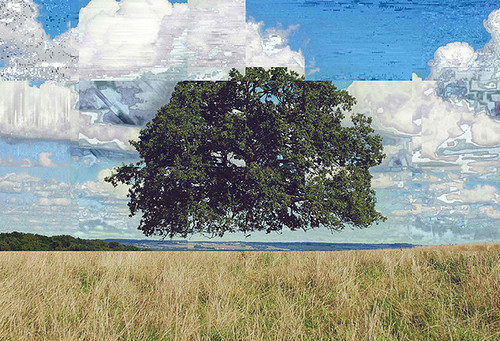Image File Formats
There are five main image file formats used in digital photography. In this article, I am going to describe each of these file types, and when they should be used.
JPEG
JPEG is the most common file format used in digital photography, and on the Internet. This is basically due to file size, since images on web pages and sent via email need to be small. This smaller file size is really the only upside to the JPEG file format. The downside to JPEGs is that in order to compress the image data to a smaller size, there is always going to be some loss of quality in the image.
Sometimes this loss is very subtle and doesn’t even matter for some purposes. Other times, it can make a big difference in the final image. Also, anytime you make a change to a JPEG file, and then save it, even more data is lost. This can really add up if you are changing and saving the same image multiple times. Whenever possible, it is always going to be better to shoot in RAW, convert to TIFF while editing, and then only save to JPEG once when you are completely done editing your image.
If your camera doesn’t take RAWs, then convert the JPEGs straight out of the camera into TIFFs prior to post-processing them.
TIFF
Unlike JPEGs, TIFFs are “lossless”, and therefore contain all the original image data. Also, making changes and saving won’t result in any loss of data. For this reason it is always recommended that you convert your RAWs and/or JPEGs into TIFFs for editing. The downside to the TIFF file format is the very large size.
PNG
The PNG image file format is another “lossless” format. PNG images are also somewhat smaller than TIFFs, which can be an advantage. However, some web applications still can’t properly read a PNG, and there can be problems with the GAMMA values not being read correctly. This is less so these days than it was a few years ago however. Personally, I use PNGs only when I need the background of my image to be transparent. For example, the logo for this website is a PNG file. If I had used a JPEG there would be a white rectangular image file with the logo in it. Tacky!
GIF
GIFs, like PNGs are great for images with transparency. It is also the only image format that supports animation. So, all of those animated web banners you have seen are all GIFs. GIFs are really only suited for web viewing, and appear posterized when used in printing.
RAW
The RAW file format is the digital version of the film negative. There is of course a longer technical explanation of the RAW file, but in simple terms it is the “raw” pixel data exactly as the digital sensor read it. Most digital cameras automatically convert RAWs to JPEGs. However, DSLRs give you the option to shoot in either RAW, JPEG or both. Since the camera needs to make its own interpretive decisions when converting from RAW to JPEG, converting the RAW yourself on your computer, allows for more final control of the image.
Also, each camera has its own RAW file format, so it is not a standardized file type such the JPEG and TIFF. For this reason, you have to make sure that the RAW converter you use is compatible with your camera type. As new cameras are released on the market, RAW conversion software needs to be updated as well.
 JPEG after being saved 275 times
JPEG after being saved 275 times


2 Responses to Image File Formats